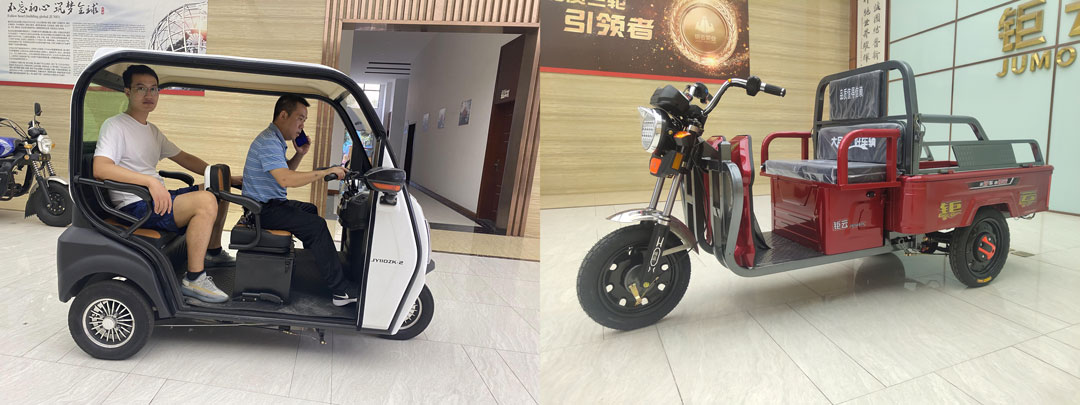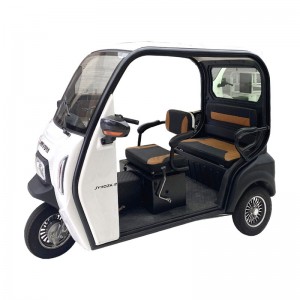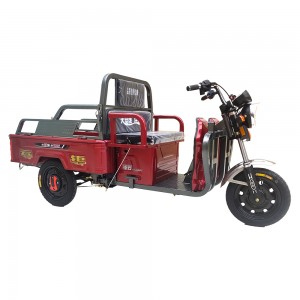The payload capacity of electric tricycles is crucial for their design and performance, involving several key structural components.

Firstly, the frame and chassis of electric tricycles play a vital role in bearing the entire load weight. They must be robust enough to ensure there is no deformation or damage under the load. The suspension system is also a crucial element, encompassing components like suspensions, shock absorbers, and tires, which are responsible for distributing and absorbing the forces of the load, thereby enhancing the vehicle's stability and comfort.
The load-bearing capacity of the tires is another critical factor in payload capacity. Tires must be sturdy enough to support the entire load, and tire pressure should be adjusted according to the load to ensure safety and performance.
The design of the suspension angles is equally important as it ensures an even distribution of the load between the front and rear wheels, preventing the vehicle from tilting or becoming unstable.
Lastly, the electric tricycle's battery and power system also impact payload capacity. The battery must be powerful enough to provide sufficient power to support the load, and both battery capacity and output power are critical factors in payload capacity.
In summary, the payload capacity of electric tricycles is influenced by various structural and component factors, and manufacturers determine the appropriate payload capacity based on the vehicle type and usage. Typically, cargo electric tricycles have a higher payload capacity to meet commercial demands, while passenger electric tricycles have a lower payload capacity with a focus on passenger comfort. These design and engineering considerations make electric tricycles versatile urban transportation options that can adapt to various transportation needs.
- Previous: How to Determine the Condition of an Electric Scooter Battery?
- Next: Tire Pressure for Low-Speed Electric Vehicle : Boosting Range
Post time: Sep-14-2023





